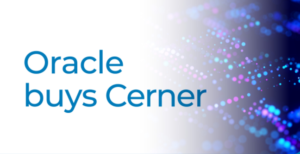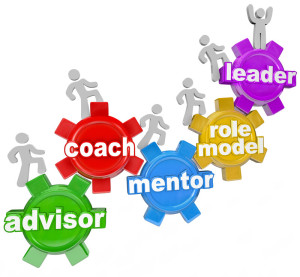We are entering the third year of this pandemic. Vaccines have been available for over a year – a turning point we anxiously waited for as 2020 came to an end. But 2021 was not the turnaround year we had hoped for. Over 840,000 people have lost their lives in our country since the start of the pandemic – the majority of people who died of COVID since this summer were not vaccinated. Anti-vaxxers proudly proclaim their resistance and misinformation continues to spread. Our health system and healthcare workers are under incredible strain. Hospital leaders are pleading with their communities to get vaccinated and boosted.
hoped for. Over 840,000 people have lost their lives in our country since the start of the pandemic – the majority of people who died of COVID since this summer were not vaccinated. Anti-vaxxers proudly proclaim their resistance and misinformation continues to spread. Our health system and healthcare workers are under incredible strain. Hospital leaders are pleading with their communities to get vaccinated and boosted.
It is hard to be optimistic at times.
Those who can continue to work remotely. Kids are in classrooms and used to wearing masks with parents and grandparents viewing school holiday concerts over Zoom. Families cautiously gathered over the holidays or changed plans at the last moment.
We crave normalcy and getting out in the world to do the things we enjoy – spending time with family and friends. live music, sports events, travel and more.
We tend to look ahead to the new year with hopes and dreams of a better year. We ask ourselves how can things get worse? We make resolutions.
David Muntz, my StarBridge Advisors colleague, recently wrote a blog post, “12 Steps to Prepare for 2022 – Big Challenges – Bigger Opportunities” that was far more than just a professional health IT perspective and advice. As this year comes to an end, I leave you with a few excerpts from his steps 1 and 12: Continue reading



